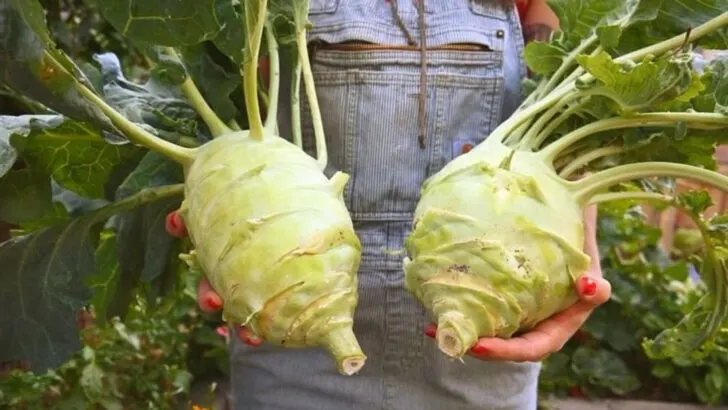During the darkest days of the Great Depression, when jobs vanished and store shelves were bare, Americans turned to their backyards for survival. In a time when every meal counted, homegrown food wasn’t a hobby—it was a lifeline. Families across the country planted whatever they could, often relying on hearty, adaptable crops that grew fast, required little, and provided maximum nourishment.
While today’s gardens might be filled with trendy herbs and hybrid tomatoes, many of the foods that truly fed families during the 1930s have vanished from modern memory. These weren’t delicate or decorative crops—they were workhorse vegetables, nutrient-dense greens, and unusual roots that offered real calories and real comfort during times of crisis. Some were regional staples; others were clever stand-ins for ingredients people could no longer afford.
Now, nearly a century later, these long-forgotten garden heroes are more relevant than ever. Whether you’re passionate about food security, interested in growing more of your own groceries, or simply curious about how past generations survived with so little, these 15 Depression-era crops are worth bringing back. They’re tough. They’re useful. And they remind us that the best survival tools are often the ones growing right under our feet.
Salsify

Often dubbed the “oyster plant” for its unique flavor, salsify was a versatile root vegetable during the Great Depression. It thrived in various soil conditions, making it accessible for many home gardeners. With its delicate, slightly nutty taste, salsify added variety to otherwise monotonous meals. Often roasted or boiled, it provided essential nutrients and a comforting texture. This forgotten gem is now making a comeback in modern kitchens, celebrated for its culinary flexibility. A resilient plant, salsify is easy to grow and can be a delightful addition to contemporary gardens.
Jerusalem Artichoke
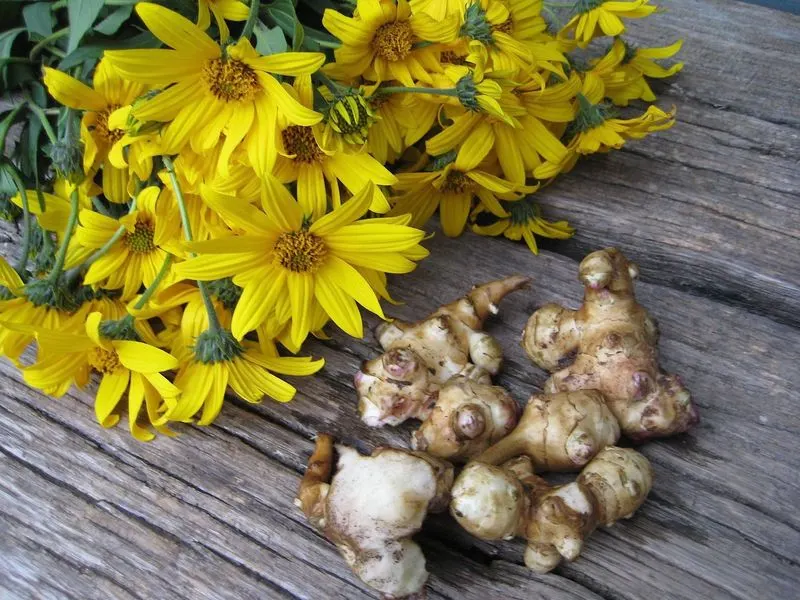
Known for its edible tubers, Jerusalem artichoke was a popular garden staple. Its knack for surviving harsh conditions made it invaluable for families during tough times. These tubers, resembling ginger roots, offered a sweet, nutty flavor, a pleasant surprise in a time when culinary options were limited. Historically, they were roasted or boiled, served as a starchy side dish. Their high fiber content provided much-needed nutrition. Today, they’re appreciated not only for their taste but also for being a low-calorie, diabetic-friendly substitute for potatoes.
Rutabaga

Rutabaga, a cross between cabbage and turnip, was a durable food source. Its adaptability in cool climates made it a reliable option for Depression-era gardens. With a flavor sweeter than a turnip, it found its way into soups, stews, and even mashed dishes. Rich in vitamin C, rutabaga helped families stay nourished. Its long shelf life allowed it to be stored for winter, providing sustenance when fresh produce was scarce. This hardy vegetable remains a beloved ingredient for those who appreciate its unique taste and versatility.
Chicory

Chicory, often used as a coffee substitute, played a significant role in Depression-era gardens. Its roots, when roasted and ground, provided a caffeine-free alternative to coffee, a luxury many couldn’t afford. Beyond its use as a beverage, chicory leaves were consumed as a leafy green. Their slightly bitter taste added depth to salads and soups. Rich in vitamins and minerals, chicory offered nutritional benefits. This resilient plant, thriving in poor soil, symbolized hope and resourcefulness during tough times, and continues to be valued today for its unique flavor.
Celeriac
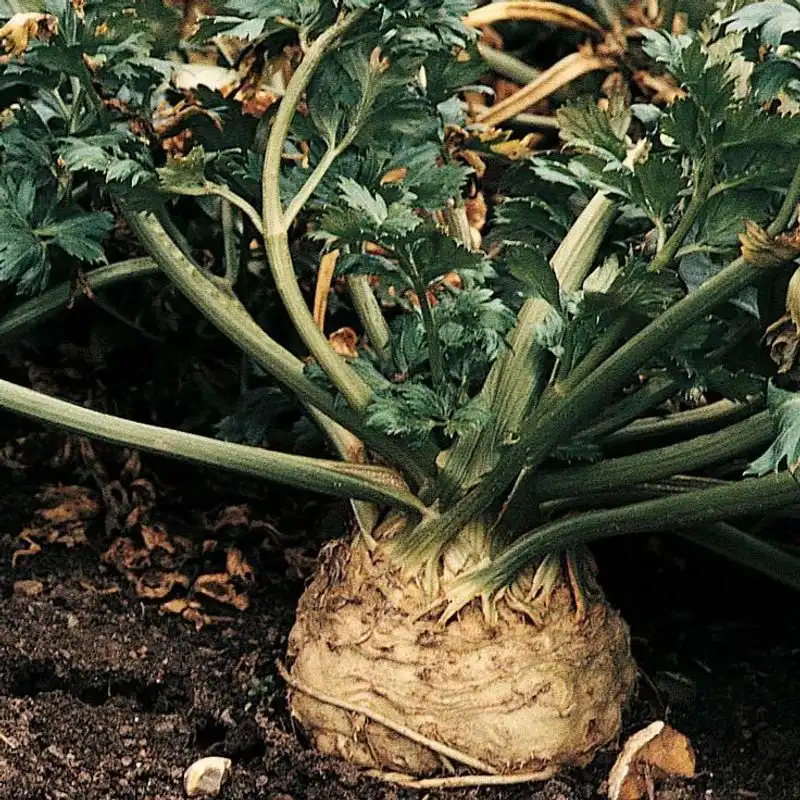
Celeriac, known as celery root, offered a deliciously earthy flavor. Its ability to grow in various conditions made it a staple during hard times. Often mashed or added to stews, it provided a comforting, nutritious boost to meals. Rich in vitamins C and K, celeriac supported immune health, which was crucial when medical care was limited. Its long storage life meant it could feed families through the winter months. Today, celeriac is cherished for its versatility and is a favorite among chefs seeking to add depth and texture to dishes.
Parsnips
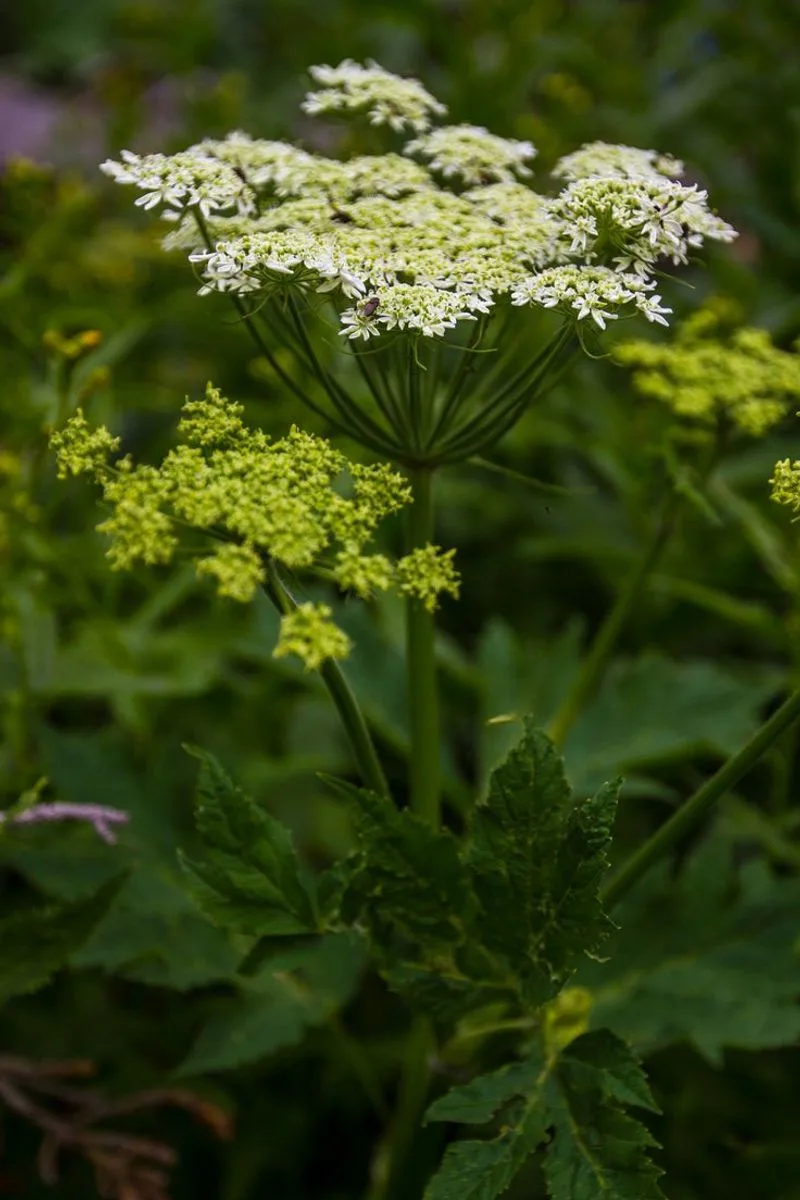
With their sweet, earthy flavor, parsnips were a popular root vegetable in Depression-era gardens. They thrived in the cold, which enhanced their sweetness, making them a delightful addition to winter meals. Often roasted or boiled, parsnips provided a substantial source of nutrition. Their high fiber content and essential vitamins made them a healthy choice for families struggling with limited resources. Today, parsnips are experiencing a resurgence in popularity, appreciated for their unique flavor and versatility in both sweet and savory dishes.
Kohlrabi
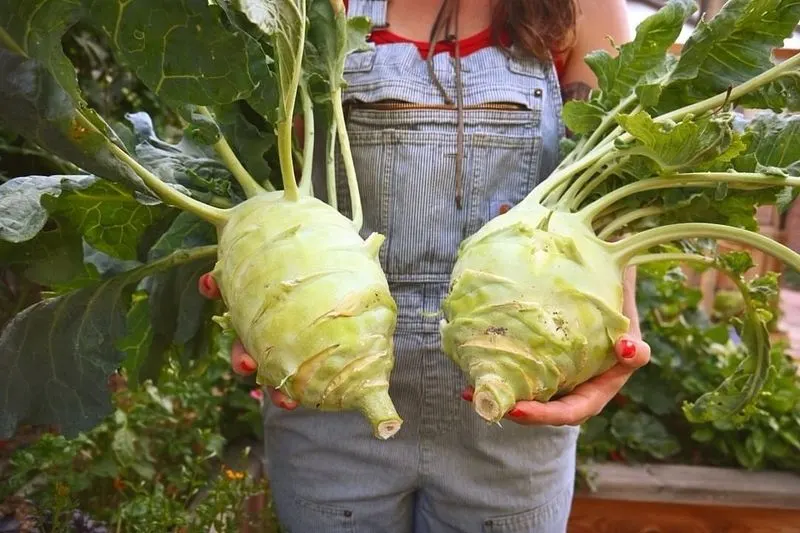
Kohlrabi, with its bulbous shape and mild taste, was a versatile addition to Depression-era gardens. Its ability to grow quickly and in diverse soils made it accessible to many. Often eaten raw, it added crunch to meals, while cooking brought out its sweetness. High in vitamins C and B6, kohlrabi supported immune health. Its unique appearance and flavor profile have kept it a favorite among gardeners and chefs alike. Today, kohlrabi is appreciated not only for its nutritional benefits but also for its culinary flexibility.
Collard Greens

Collard greens, with their robust leaves, were a staple in many Depression-era gardens. Known for their resilience, they thrived in various climates and provided an essential source of vitamins A, C, and K. Often boiled or sautéed, collard greens were a hearty addition to meals. Their slightly bitter flavor paired well with smoked meats, creating satisfying dishes that stretched limited resources. Today, they remain a beloved ingredient in Southern cuisine, celebrated for their nutritional benefits and their ability to complement a wide range of flavors.
Turnips
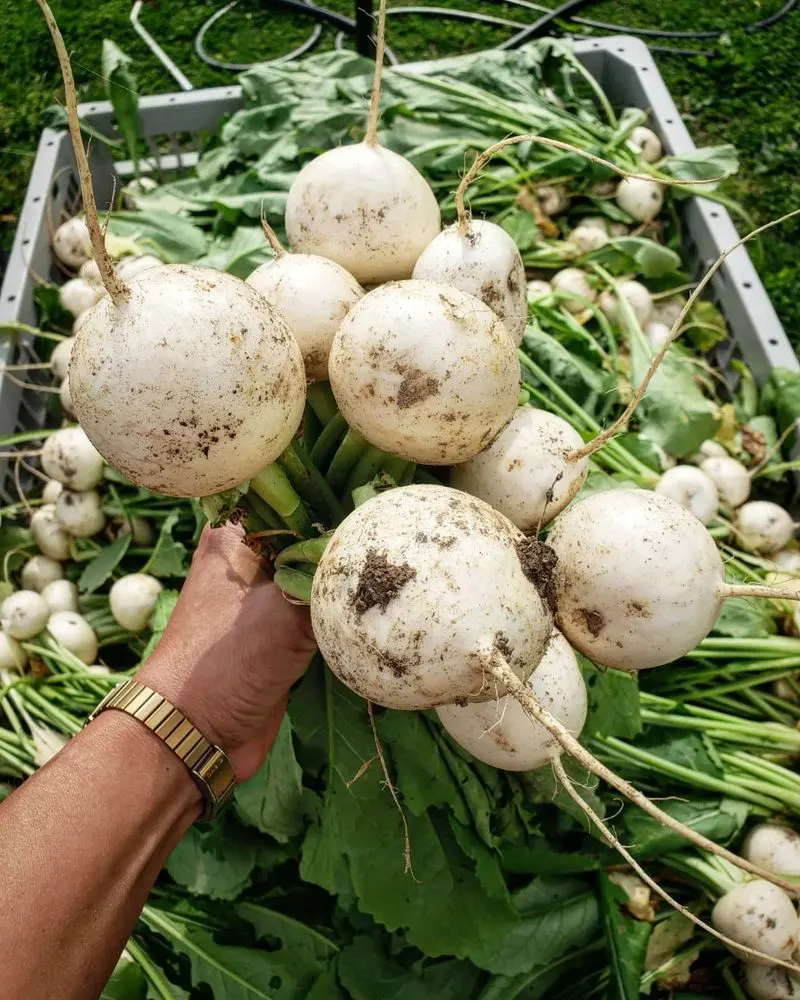
Turnips, with their peppery flavor, were a versatile root vegetable during the Great Depression. They grew well in poor soil, making them an accessible option for families looking to maximize their garden yields. Both the root and greens were consumed, providing a dual-purpose crop that minimized waste. Turnips offered a wealth of nutrients, including vitamin C and fiber, crucial for maintaining health. Today, they continue to be valued for their versatility in the kitchen, adding flavor and texture to a wide variety of dishes.
Mustard Greens
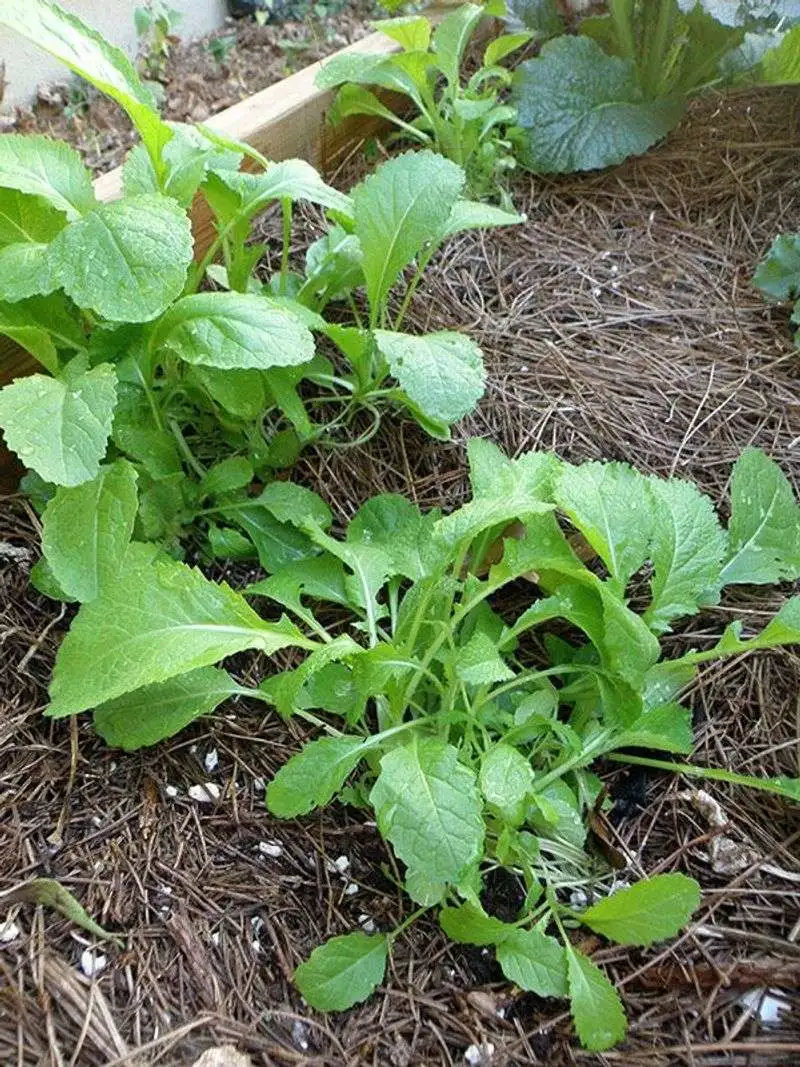
With their spicy kick, mustard greens added zest to Depression-era meals. They thrived in cooler weather, ensuring a steady supply of fresh greens. Often cooked with ham hocks or bacon, they offered a flavorful complement to the simplicity of other garden vegetables. Rich in vitamins A, C, and K, mustard greens were a nutritious addition to the diet. Today, they are celebrated not only for their bold flavor but also for their health benefits, making them a popular choice for modern gardeners and chefs seeking to add a punch to their dishes.
Beets
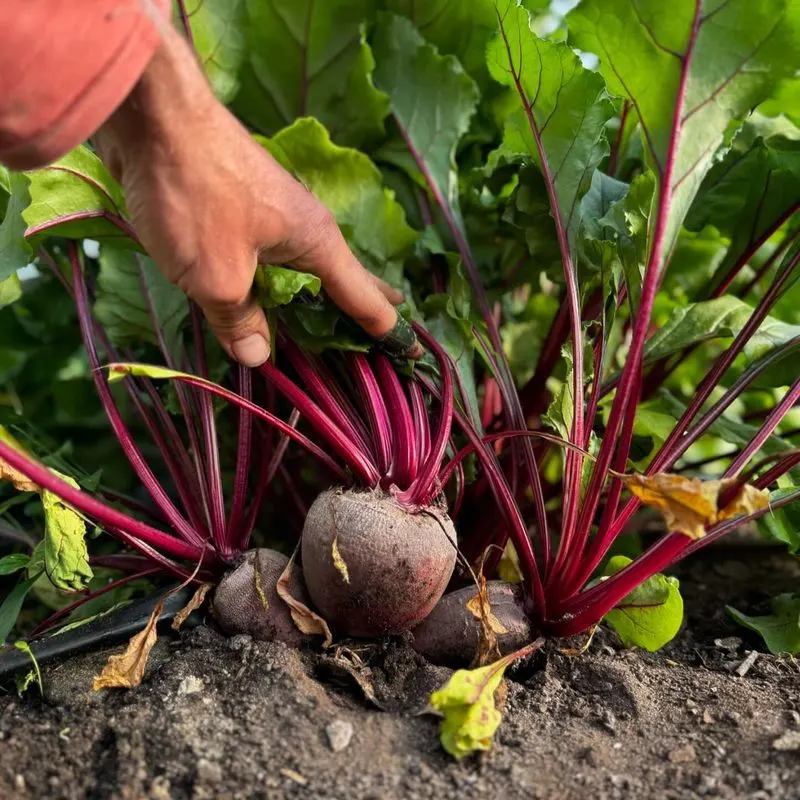
Beets, with their vibrant color and earthy sweetness, were a cherished vegetable during the Great Depression. Easy to grow and store, they provided a reliable food source through challenging times. Both the roots and greens were consumed, maximizing nutritional intake. Rich in iron and folate, beets supported overall health and well-being. Their natural sweetness made them a versatile ingredient in both savory and sweet dishes. Today, beets continue to be celebrated for their health benefits and culinary versatility, adding color and flavor to modern meals.
Dandelion Greens
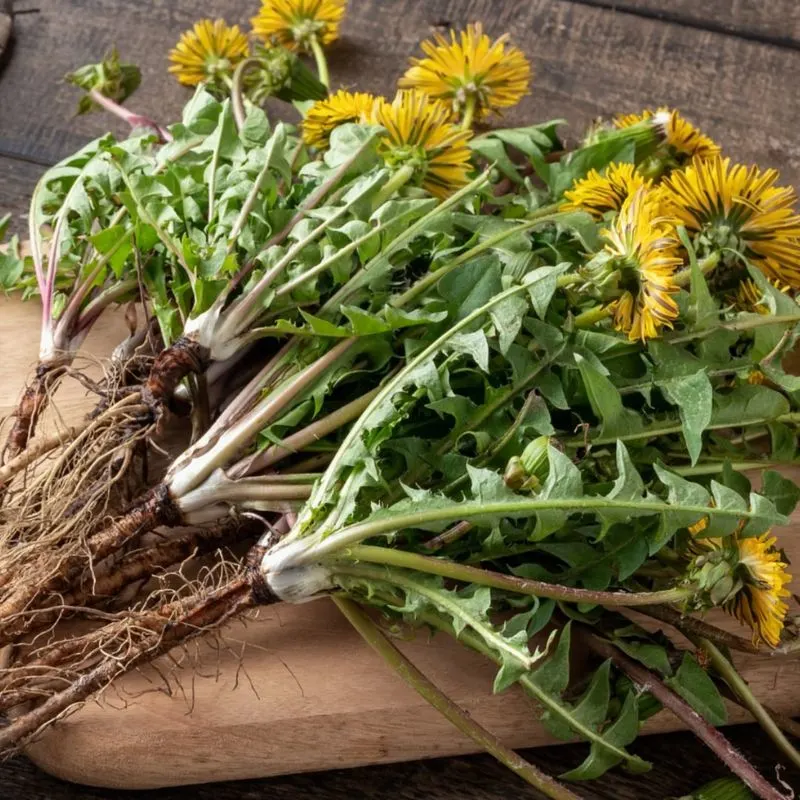
Dandelion greens, often considered a weed, became a valuable food source during hard times. Their resilience and ability to grow almost anywhere made them easily accessible. With a slightly bitter taste, these greens added variety to meals, often served in salads or sautéed with garlic. Rich in vitamins A and C, they provided essential nutrients when other greens were scarce. Today, dandelion greens are being rediscovered as a nutritious and sustainable food source, celebrated for their health benefits and unique flavor profile.
Onions
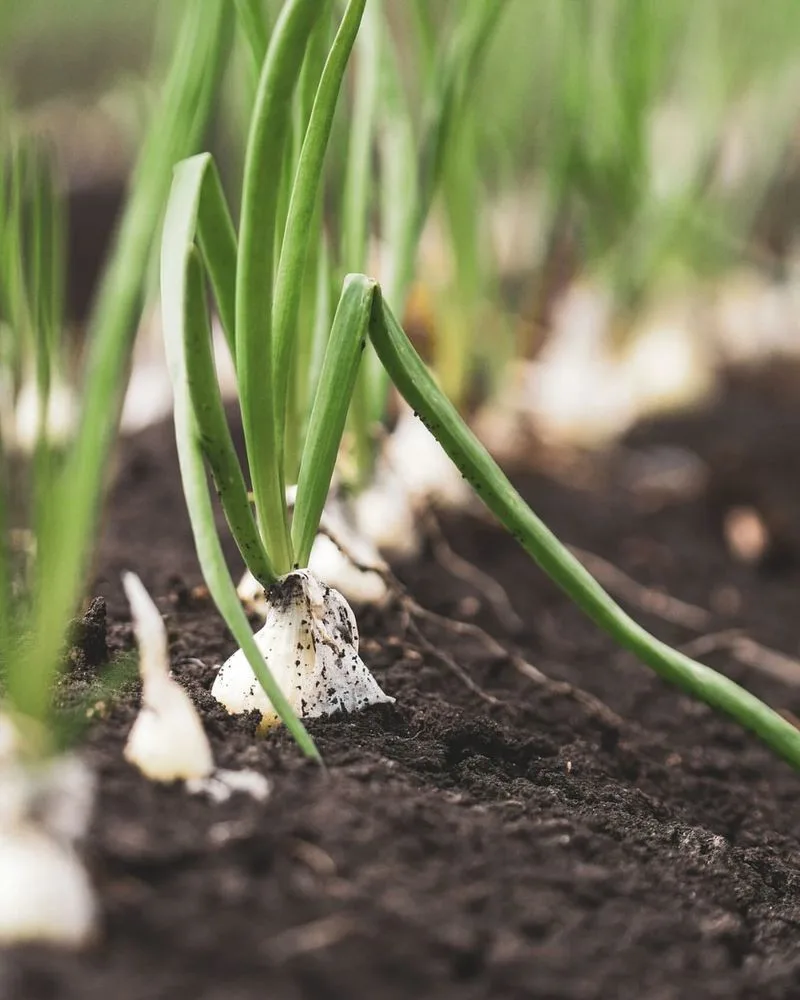
Onions, with their pungent aroma and flavor, were a key ingredient in Depression-era kitchens. Their ability to enhance the taste of simple dishes made them invaluable. Easy to grow and store, onions provided a reliable, year-round food source. They were used in soups, stews, and as a base for many recipes, adding depth and richness. Onions are rich in antioxidants, supporting overall health. Today, they remain a kitchen staple, valued for their versatility and ability to elevate the simplest meals into something special.
Squash
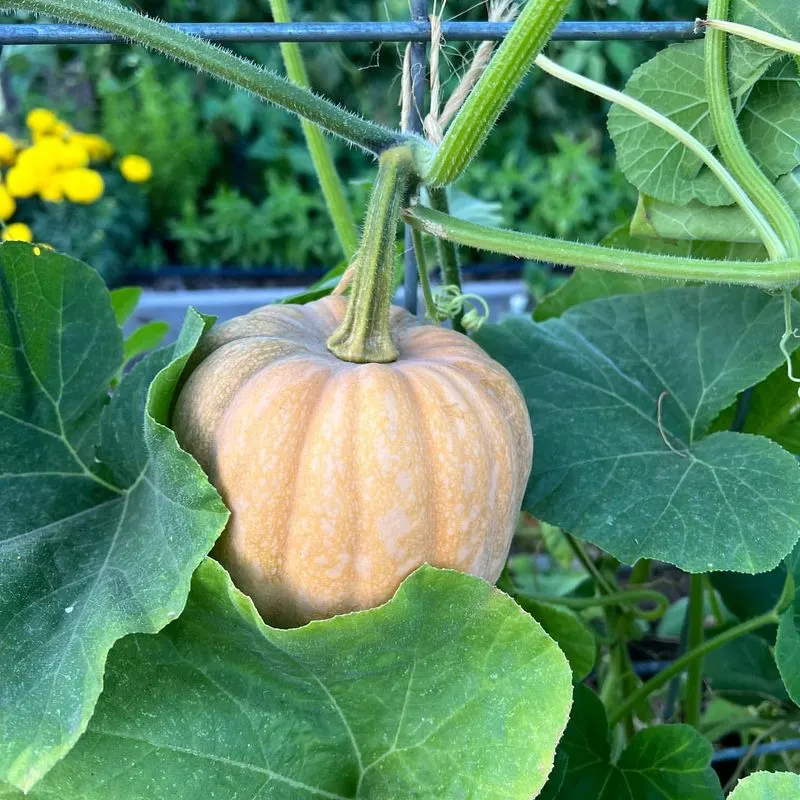
Squash, with its diverse varieties, was a versatile addition to Depression-era gardens. Its ability to produce abundant yields made it a favorite among home gardeners. From summer squash to hearty winter varieties, it provided nourishment throughout the year. Rich in vitamins A and C, squash supported immune health and added bulk to meals. Its mild flavor made it adaptable to a range of dishes, from soups to casseroles. Today, squash remains a beloved ingredient, appreciated for its versatility and nutritional benefits.
Potatoes
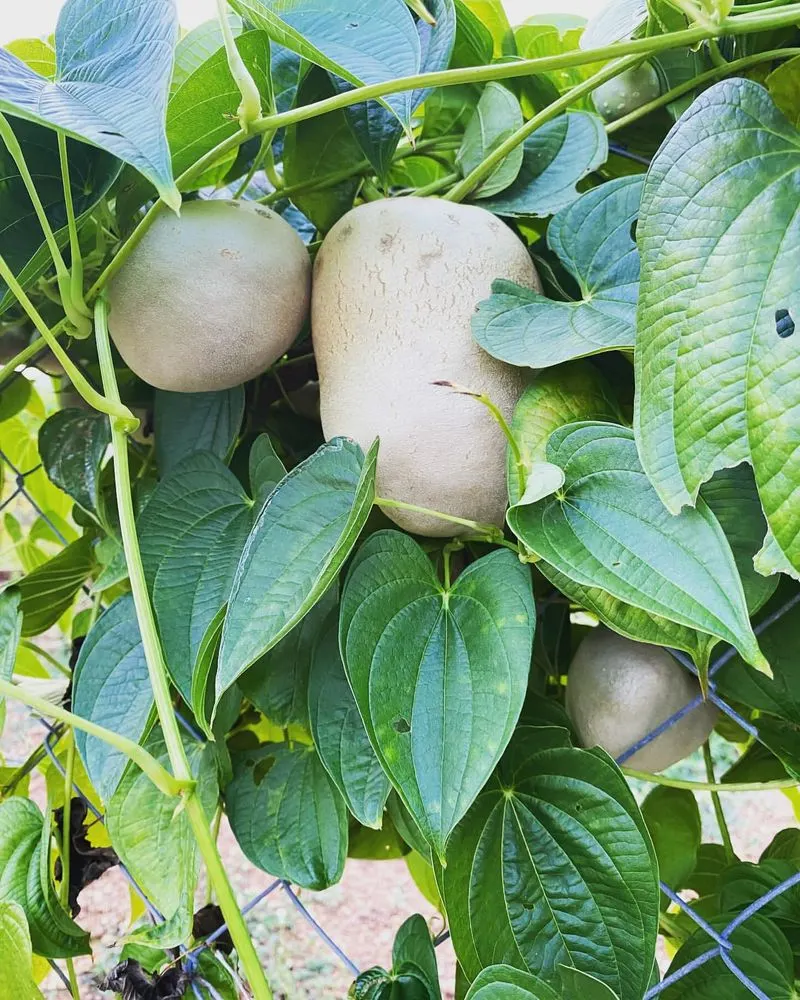
Potatoes, the humble staple, were a lifeline during the Great Depression. Their ability to grow in various soil types made them accessible to many families. Potatoes provided essential carbohydrates and energy, crucial when food was scarce. Their versatility allowed them to be prepared in countless ways, from mashed to fried. Rich in vitamin C and potassium, potatoes supported overall health. Today, they continue to be a global staple, loved for their comforting taste and adaptability in countless recipes, from simple to gourmet.

